Rosa Bonheur (1822-1899)
Get a Rosa Bonheur (1822-1899) Certificate of Authenticity for your painting (COA) for your Rosa Bonheur (1822-1899) drawing.
For all your Rosa Bonheur (1822-1899) artworks you need a Certificate of Authenticity (COA) in order to sell, to insure or to donate for a tax deduction.
Getting a Rosa Bonheur (1822-1899) Certificate of Authenticity (COA) is easy. Just send us photos and dimensions and tell us what you know about the origin or history of your Rosa Bonheur (1822-1899) painting or drawing.
If you want to sell your Rosa Bonheur (1822-1899) painting or drawing use our selling services. We offer Rosa Bonheur (1822-1899) selling help, selling advice, private treaty sales and full brokerage.
We have been authenticating Rosa Bonheur (1822-1899) and issuing certificates of authenticity since 2002. We are recognized Rosa Bonheur (1822-1899) experts and Rosa Bonheur (1822-1899) certified appraisers. We issue COAs and appraisals for all Rosa Bonheur (1822-1899) artworks.
Our Rosa Bonheur (1822-1899) paintings and drawings authentications are accepted and respected worldwide.
Each COA is backed by in-depth research and analysis authentication reports.
The Rosa Bonheur (1822-1899) certificates of authenticity we issue are based on solid, reliable and fully referenced art investigations, authentication research, analytical work and forensic studies.
We are available to examine your Rosa Bonheur (1822-1899) painting or drawing anywhere in the world.
You will generally receive your certificates of authenticity and authentication report within two weeks. Some complicated cases with difficult to research Rosa Bonheur (1822-1899) paintings or drawings take longer.
Our clients include Rosa Bonheur (1822-1899) collectors, investors, tax authorities, insurance adjusters, appraisers, valuers, auctioneers, Federal agencies and many law firms.
We perform Rosa Bonheur art authentication, appraisal, certificates of authenticity (COA), analysis, research, scientific tests, full art authentications. We will help you sell your Rosa Bonheur or we will sell it for you.
Most women of her time did not receive training to become professional artists, but Rosa Bonheur was an exception to the rule. Born in France in 1822, Bonheur came from a family of artists. She would later prove to have talent that rivaled any of her male peers.
She grew up in a home that supported equal rights for both males and females, and her family was very supportive of her artistic pursuits. As a young girl, she donned boys’ clothing and visited the slaughterhouses to educate herself in animal anatomy. During this time, Bonheur was enrolled in a private school for boys and was actually the only girl there. She was expelled for “tomboyish” behavior.
From age 10 on, Bonheur became intent on creating artistic representations of animals. She visited the parks that bordered Paris, observing the animals and sketching them. This was the beginning of an artistic career that would be totally centered around animals. Her parents continued to support her love of art, allowing her to abandon her expected career path of dressmaking to pursue her artistic goals.
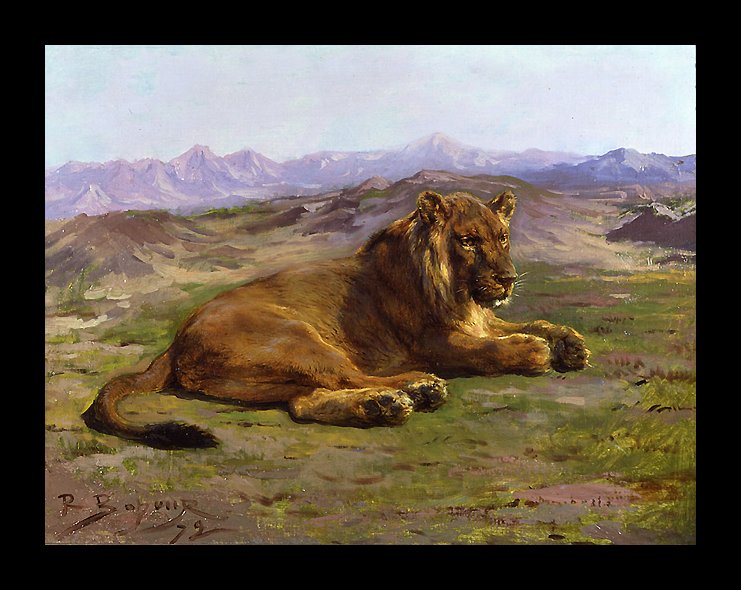
Courtesy: Rehs Galleries, Inc., New York City
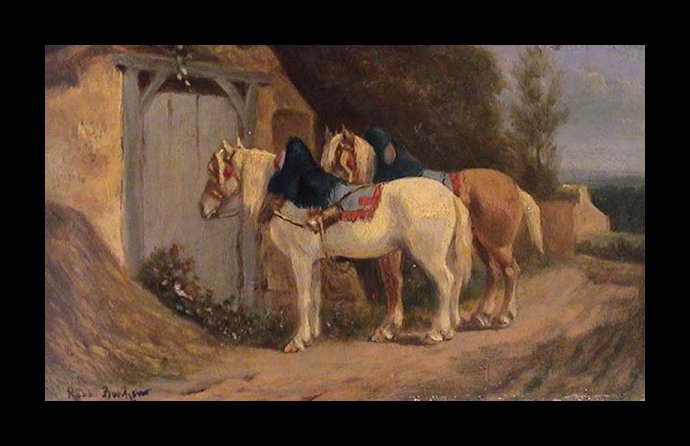
As she grew older, Bonheur was known for dressing in male clothing, and she became involved in sculpting. Before Bonheur, this was considered a male art form. This didn’t bother Bonheur who had been labeled as a bit eccentric for her untraditional style of dress and short-cropped hairstyle. She continued to visit slaughterhouses, and even went on to perform dissections of animals to analyze their muscle and bone structure in order to make her sculptures even more realistic.
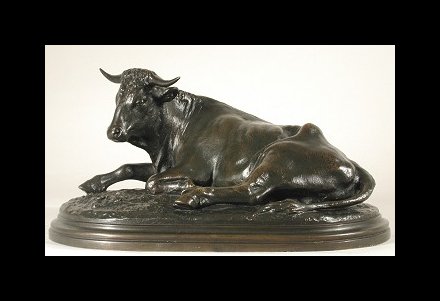
By age 17, she was helping supplement her family’s income by copying paintings housed in the Louvre. At age 19, she submitted her first painting to the Salon. A year later, she submitted her first sculpture. In 1843, she was awarded a third class medal for her exhibit of three paintings and two sculptures and was given a state commission for a painting. She started to receive more attention as an artist as she went on to exhibit her paintings.
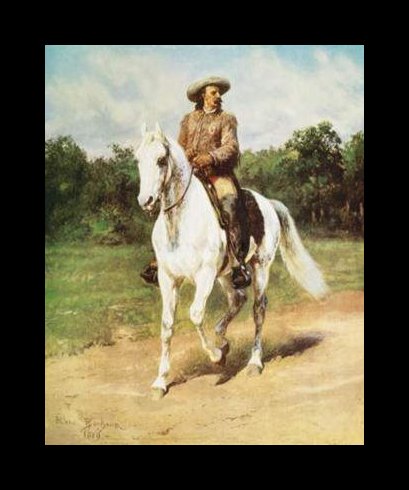
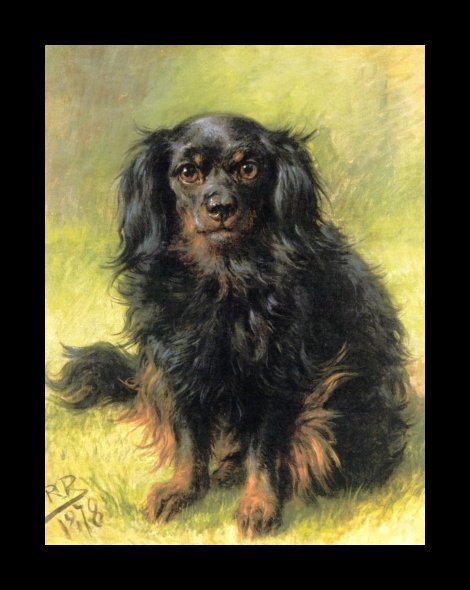
In 1848, she received Gold Medal First Class for a sculpture. Of her sculptural works, only 13 survived, and only 7 of those were exhibited while she was alive. There are very few of her bronze sculptures because they were cast in very small editions. For this reason, they are very valuable and highly coveted by art collectors today.
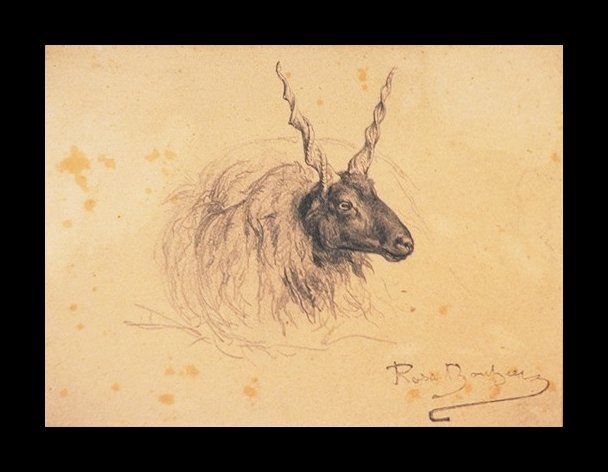
Sadly, Bonheur did not receive much recognition in France’s art world during her lifetime. She was more popular in the rest of Europe. She also had supporters in the United States, which is where she sold most of her works. Works of Bonheur do exist, and there is likelihood that they may be in the United States considering that is where she sold most of her pieces. Her bronze sculptures are casts by Hippolyte Peyrol, and she signed her bronzes Rosa B. Each is sculpted with a truly naturalistic, accurate style. If you believe you own a work of art by Rosa Bonheur, contact Art Experts. We authenticate, appraise, research and provide Certificates of Authenticity (COA's) for works by Rosa Bonheur.
Reviews
1,217 global ratings
5 Star
4 Star
3 Star
2 Star
1 Star
Your evaluation is very important to us. Thank you.
